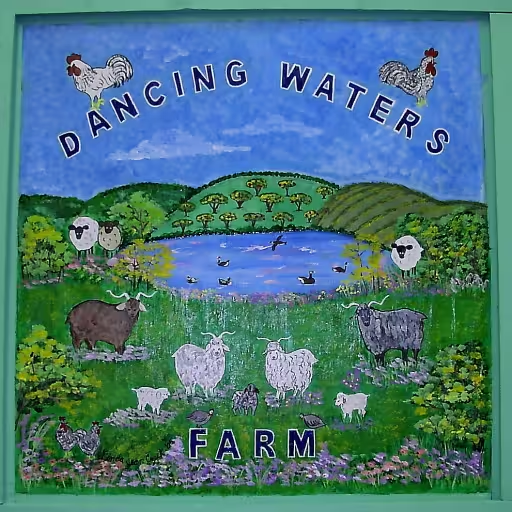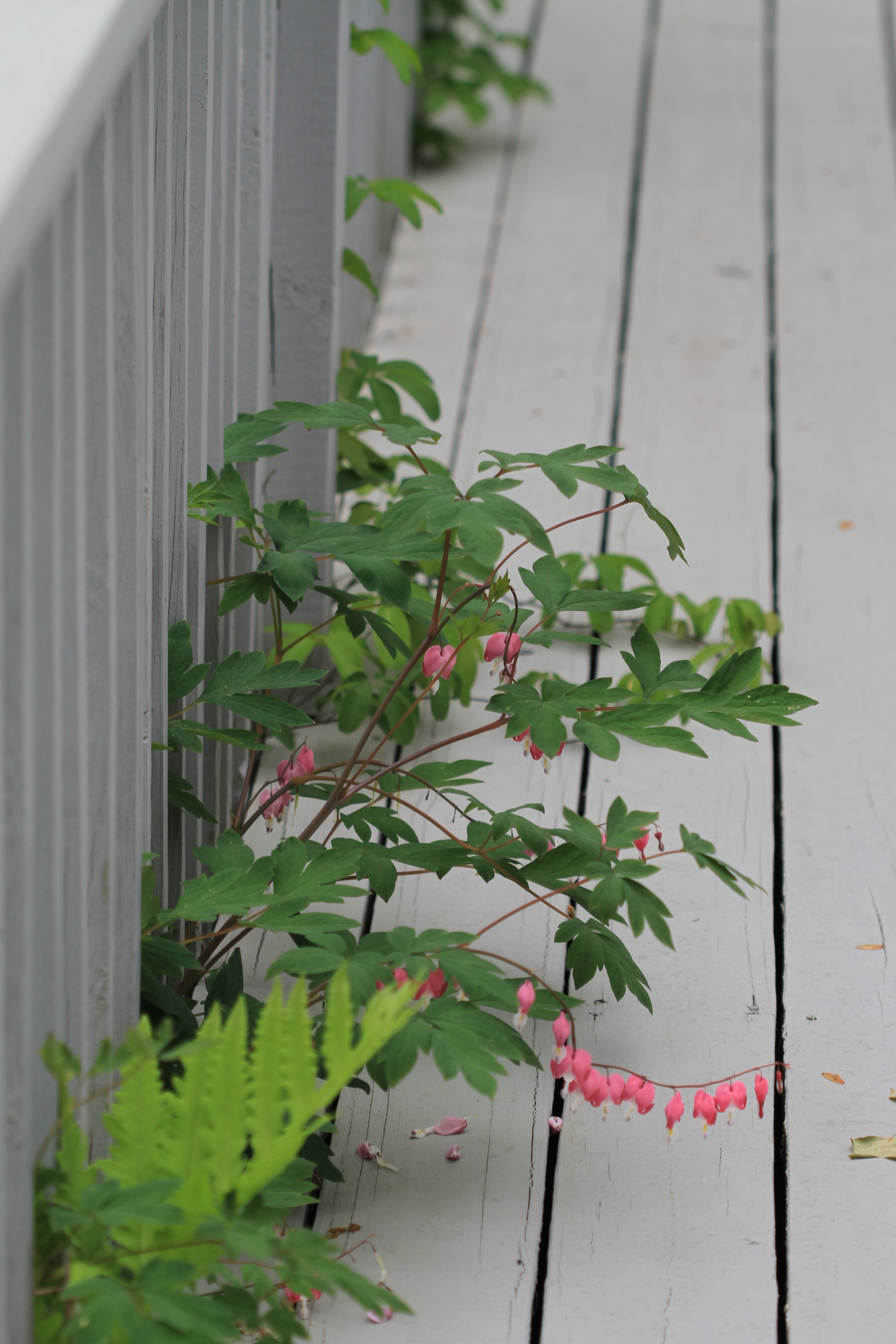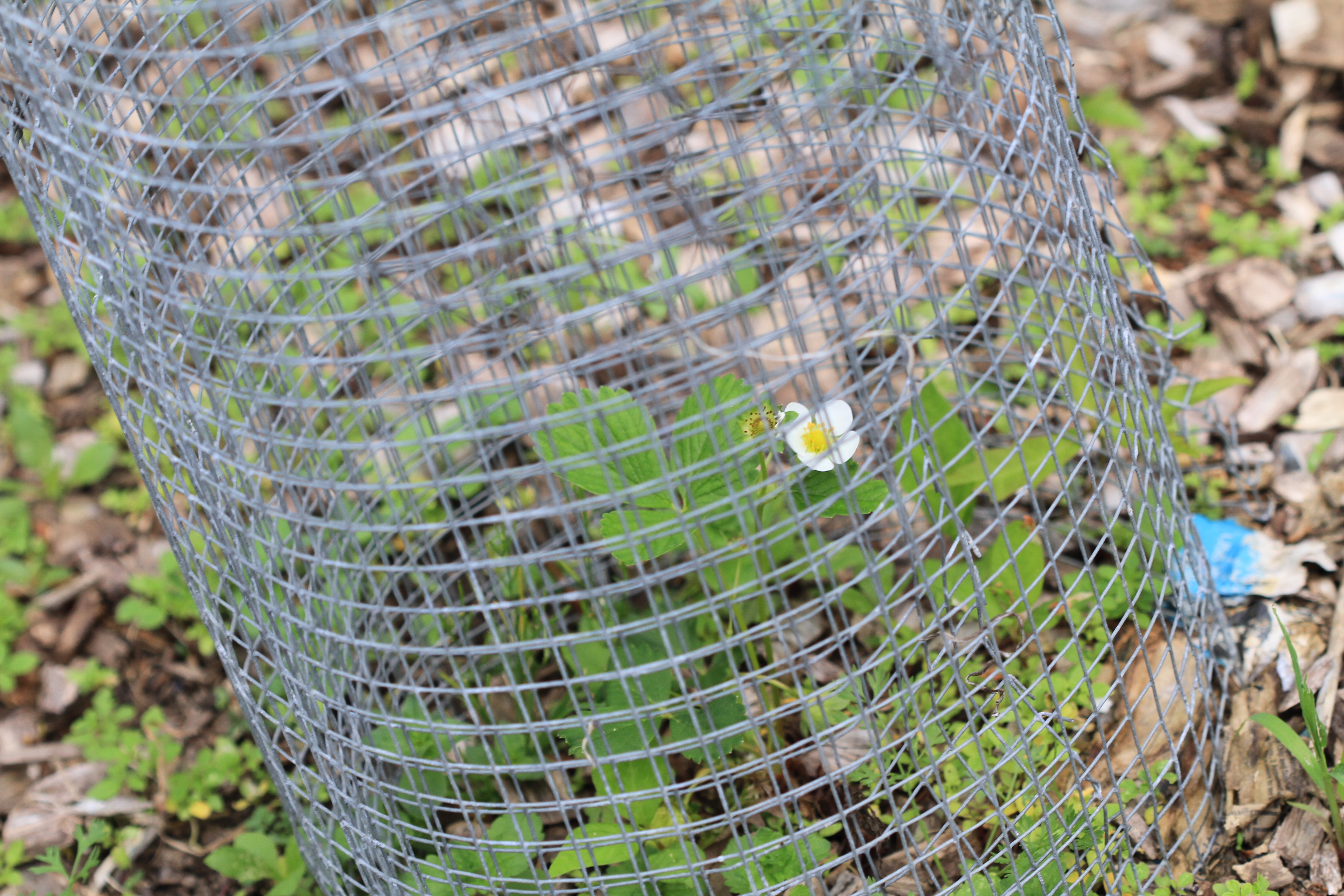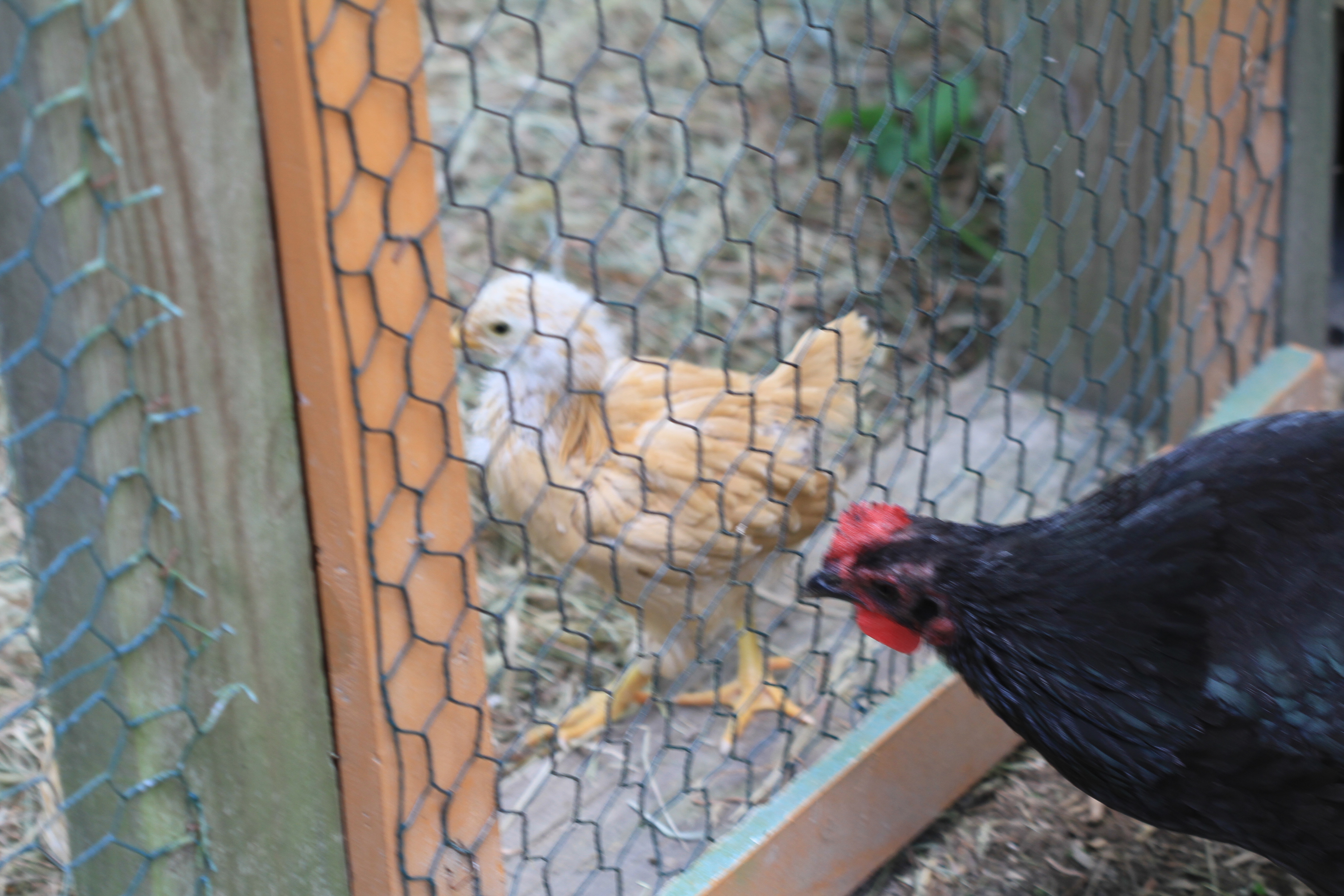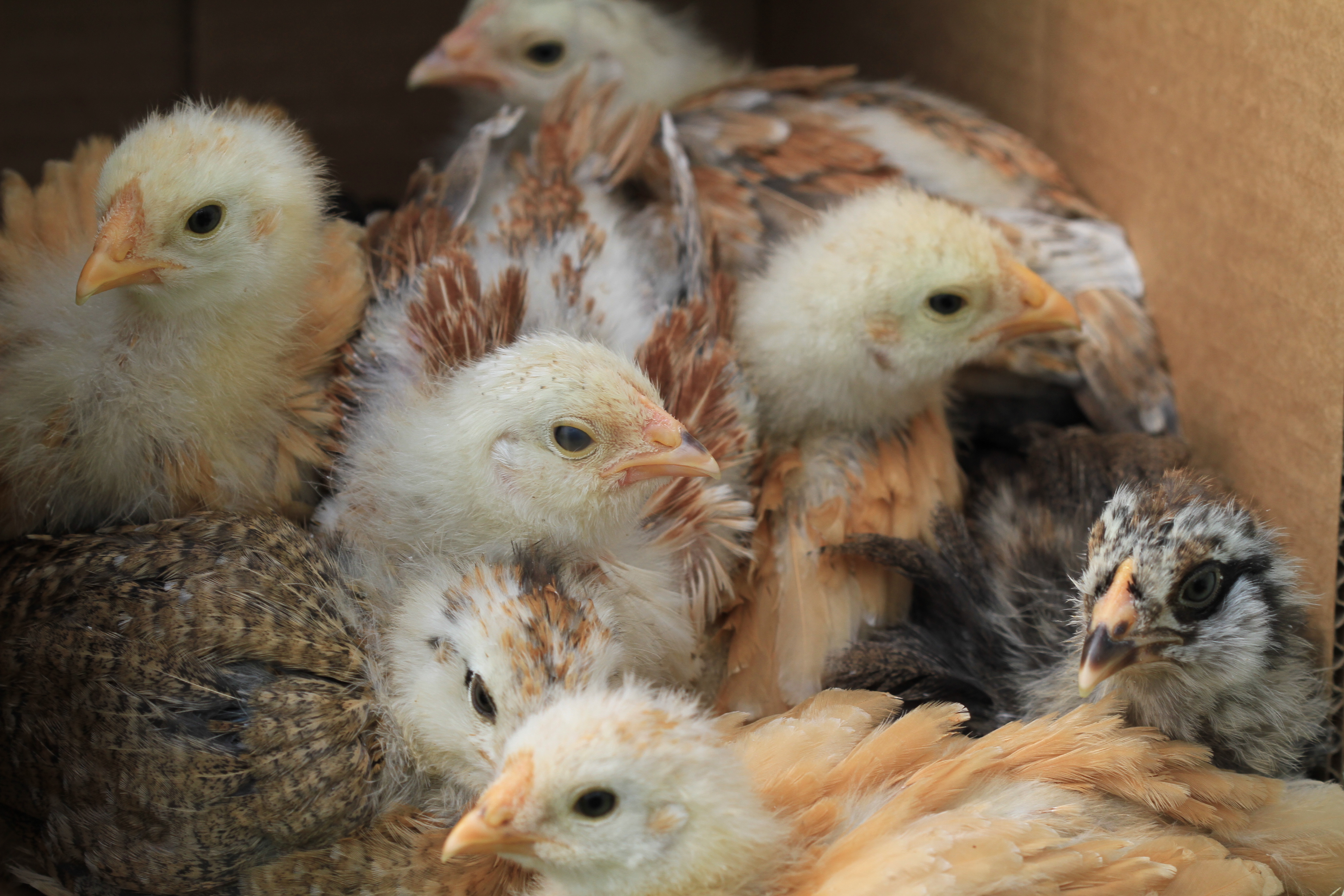Spring is in full swing and I’ve been feverishly planting seeds before it turns hot and dry. Since it was a cold, wet Spring the plants are off “normal” schedules and bloom times are compressed. All the daffodils bloomed at the same time vs over a month as they usually do. The lilacs were only open during a torrential rainy period so their odor never perfumed the air. The iris have just opened and the peonies are poised to open any day, they just need a bit more moisture. Don’t think we’ll get it soon, and it has been nearly 90 degrees for a few days so all the plants are looking for a nice drink of water. This is the new weather pattern – all or nothing, without moderation. We get no rain or 5 inches of rain and it is 15 degrees below “normal” or 15 degrees above “normal”. Both extremes being tough for living things to handle.
My two surviving strawberry plants are blooming. The only way to keep them alive it to completely enclose them with hardware cloth. Otherwise the chipmunks destroy both the berries and the plants themselves. I had not realized how much damage these cute little rascals cause until I caught them climbing the (deer prevention) cages around my roses to reach through and eat fully bloomed roses! There is a pair roaming around on the back porch so it looks like a population increase is in the making.
There is a baby bunny running around in the chicken area, but much fewer rabbits overall then last year. Surprising, since last year was the year the coyotes took out two of my adult goats and there was also a bumper crop of bunnies! You would have thought the coyotes would have been eating bunnies versus a 100+ pound goat. Coyote choices are fewer this year (fingers crossed!) since the goats and sheep are now locked into overnight corrals. More work for me, but hopefully creating less domestic livestock options for coyote meals.
The new chicks are 4 weeks old as of Monday. They are nearly fully feathered and really beautiful! The transformation is always amazing. Since I’m trying two new breeds this year I’ve been trying to pictorially document their change into adult plumage. Not an easy task as they move around like bullets, trying out their wings and exploring. Yesterday I got them outside in their permanent “teenage” area instead of in the smaller cage I’ve been using and moving around on the grass up near the house.
They are still too small (not fully feathered so unable to fully regulate their temperature) to stay out overnight or in cold, wet weather so they move back and forth to their cage in the basement in a cat carrier. They are amazingly smart. They learned to go into the carrier when I go out late in the day, all crowding in so I can take them inside. It only took them a few days to figure this out! It is their natural inclination to seek shelter when it starts to get dark which I’m sure helps, but often I’m moving them well before dusk due to the cool temperature or rainy weather. Chicks feather out more quickly when the temperature is low versus when they are raised in warmer ambient temperatures. They have a light in their cage that allows them to warm up if they get cold, but the basement ambient temperature is about 60-65 degrees. That’s why they are almost fully feathered at 4 weeks instead of the more typical 6 weeks.
The difference in their personalities is obvious even at a very young age. The Salmon Favorelles are much calmer and peaceful than the Chanteclers which are calmer than the Ameraucanas in general. There is one Chantecler that gets upset about being handled as well as two of the Ameraucana chicks. They are all getting better with the twice daily routine of being lifted in and out of their cage and being taken outside. Nothing like a little treat of white bread once they are out to make it an overall positive experience! I also try to pick them up slowly and respectfully, trying to get them to come to me so I can pick them up versus grabbing at them.
Above is a group picture at 3 weeks of age showing a Salmon Favorelle in the front, Ameraucanas on each side and a Chantecler in the far back. They love to crowd into a box and peck at the box sides which makes an interesting noise (to a chicken!) .
